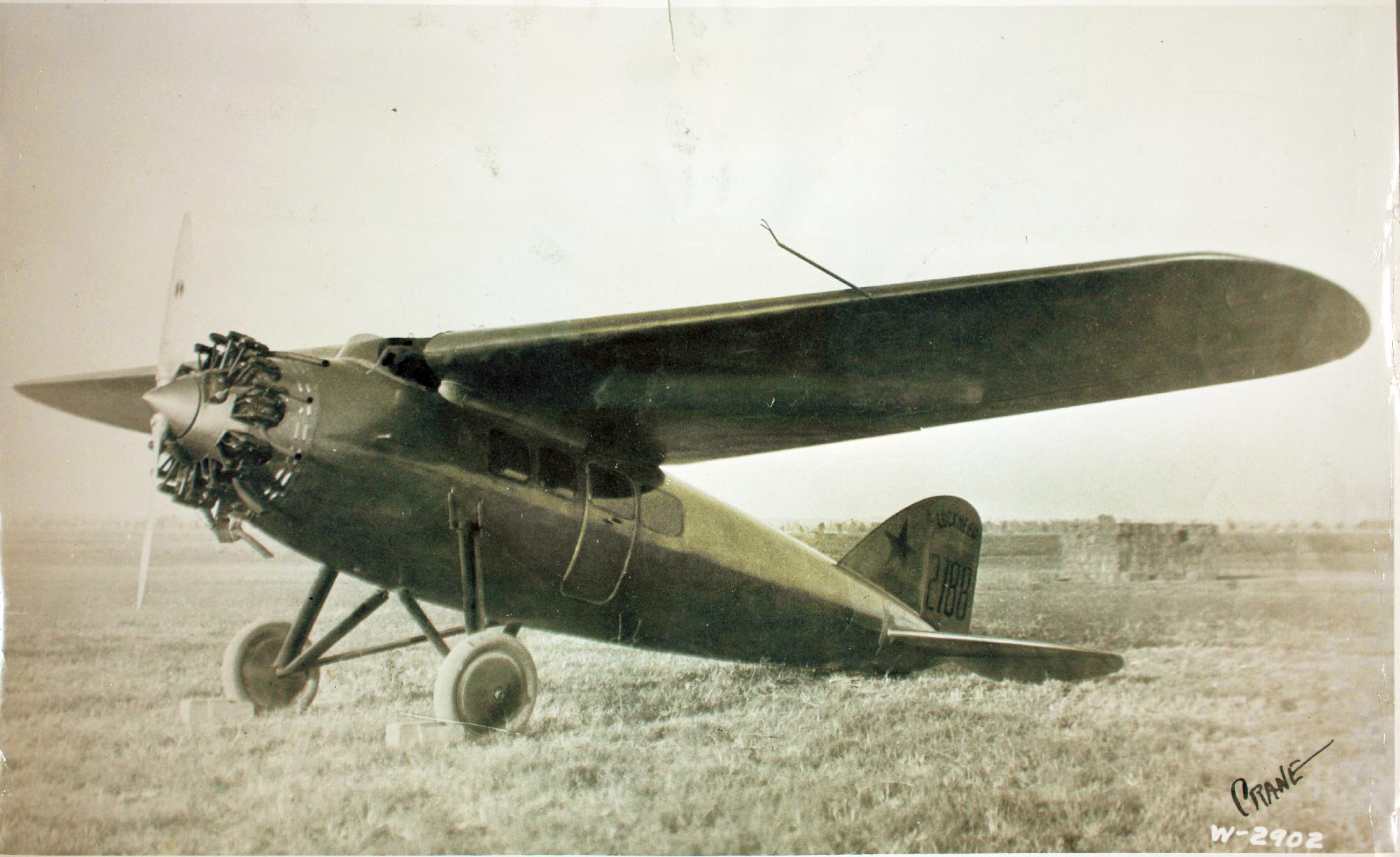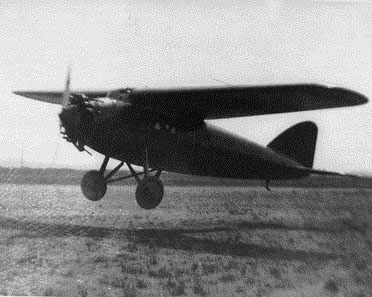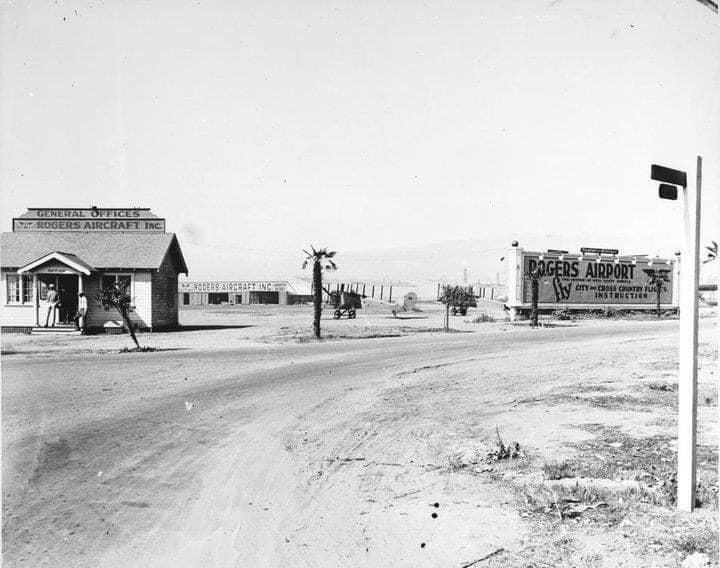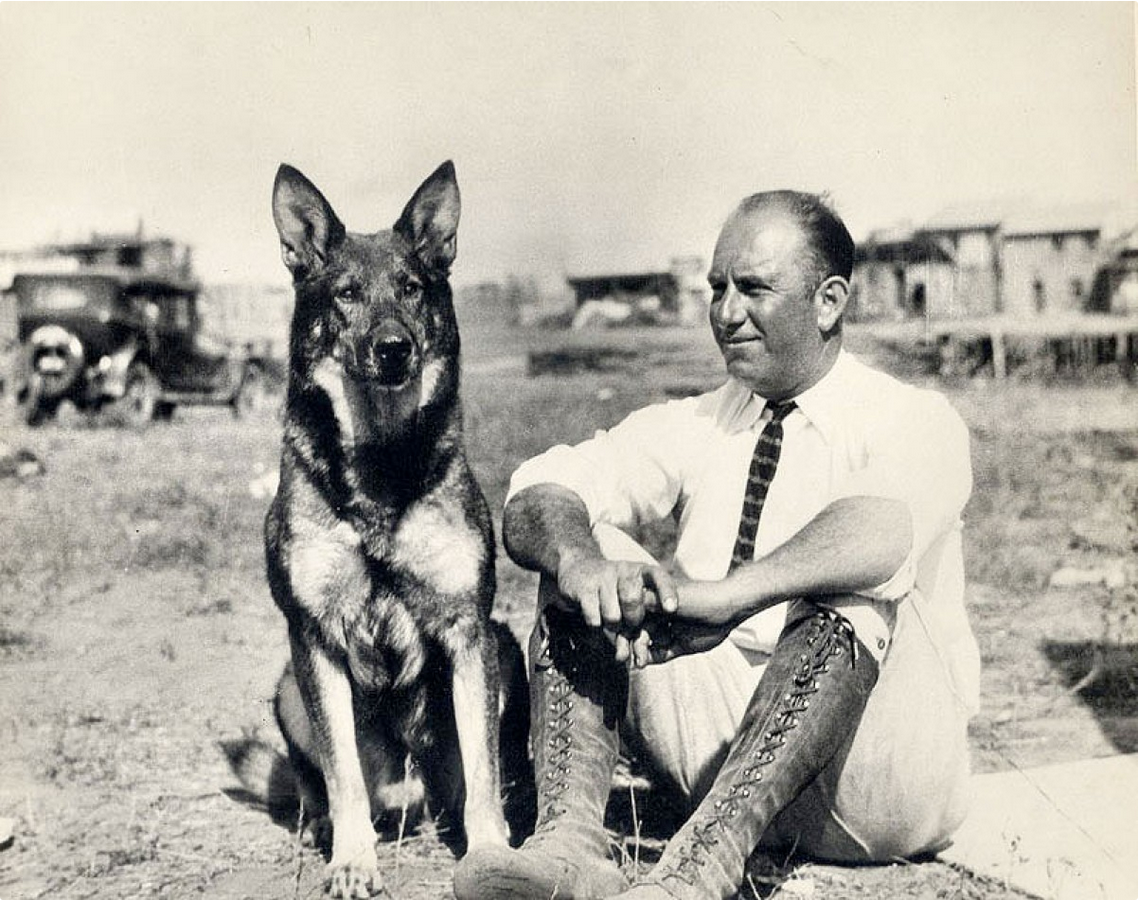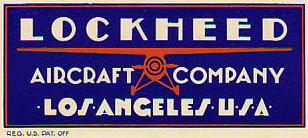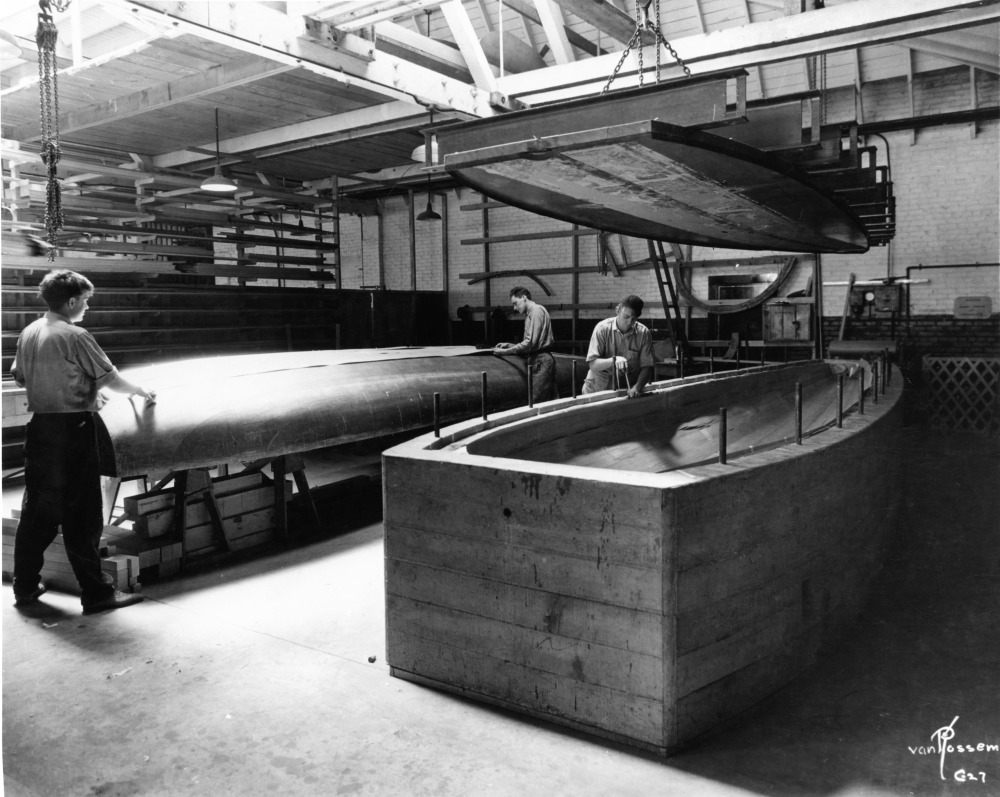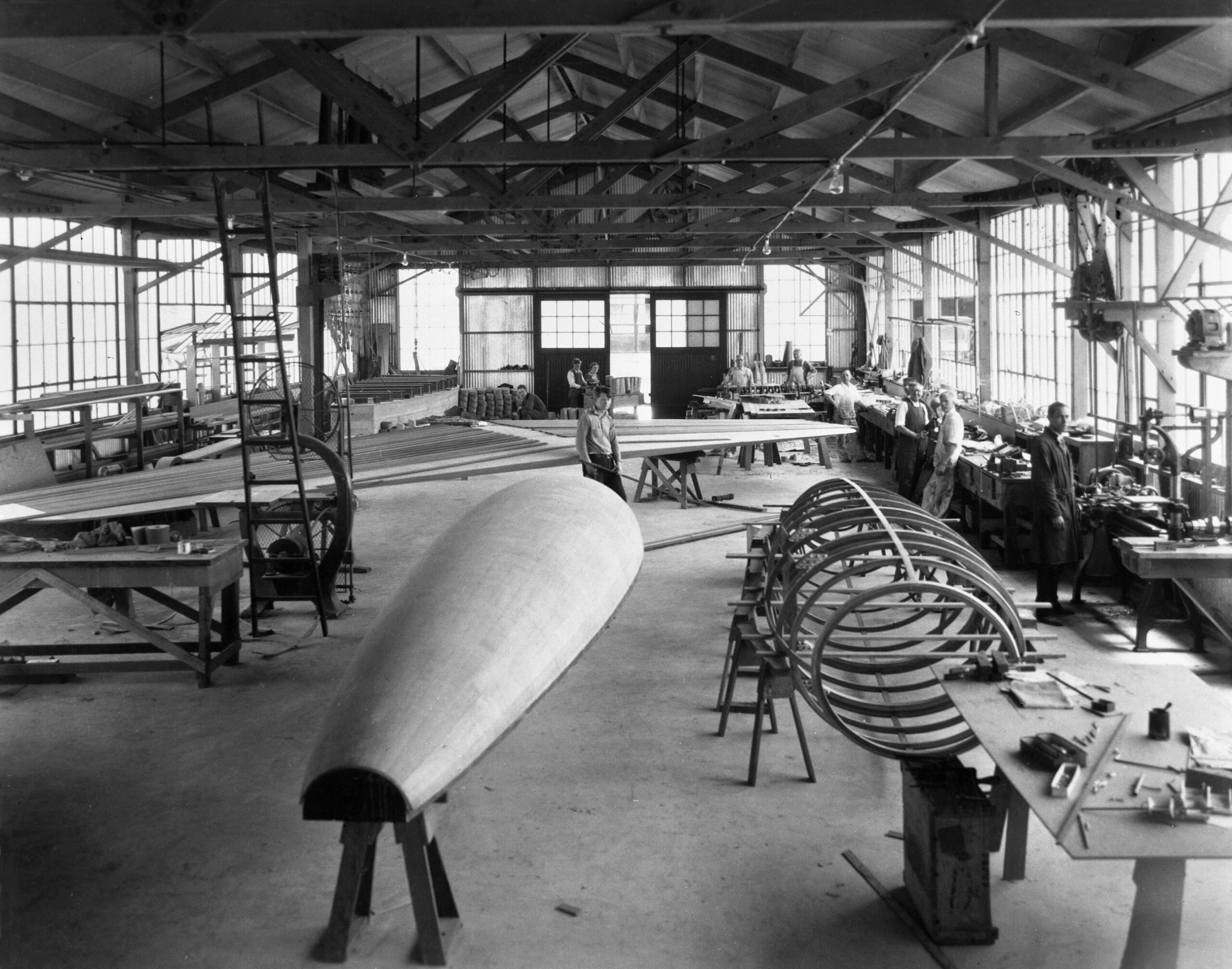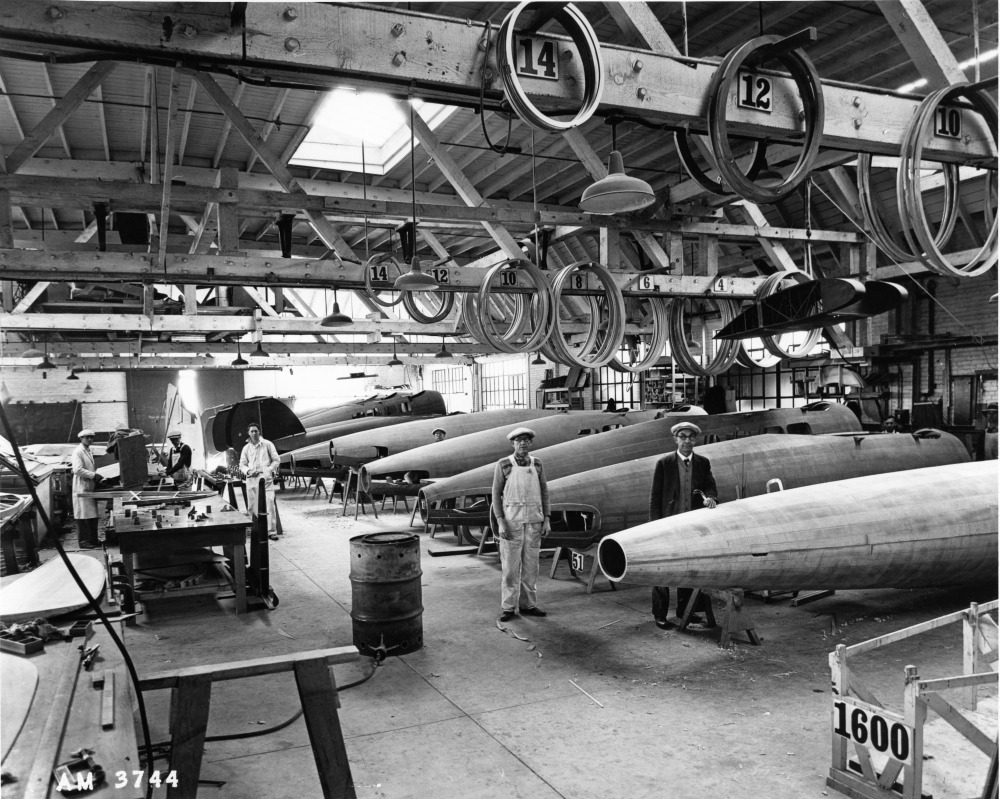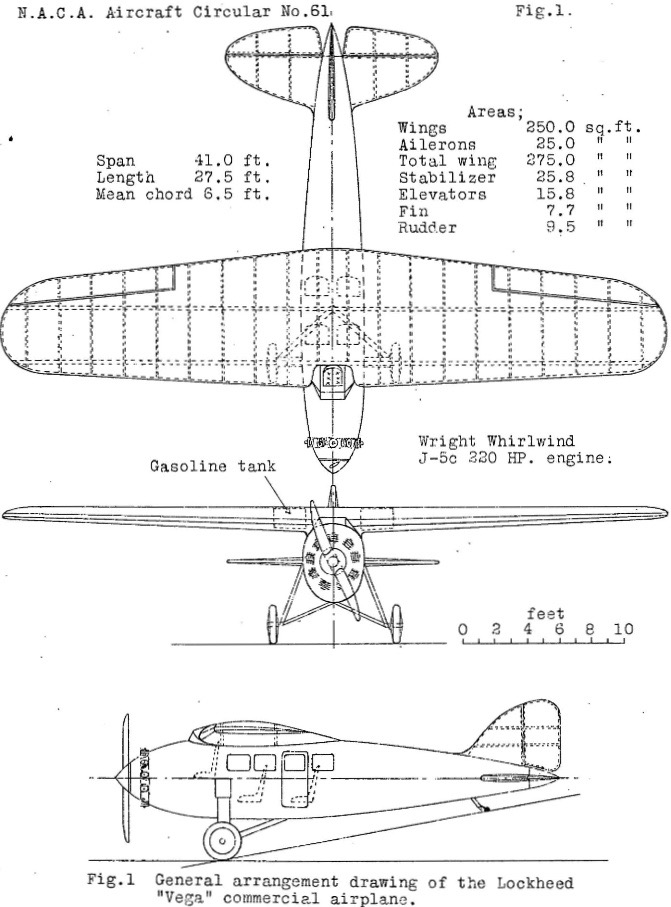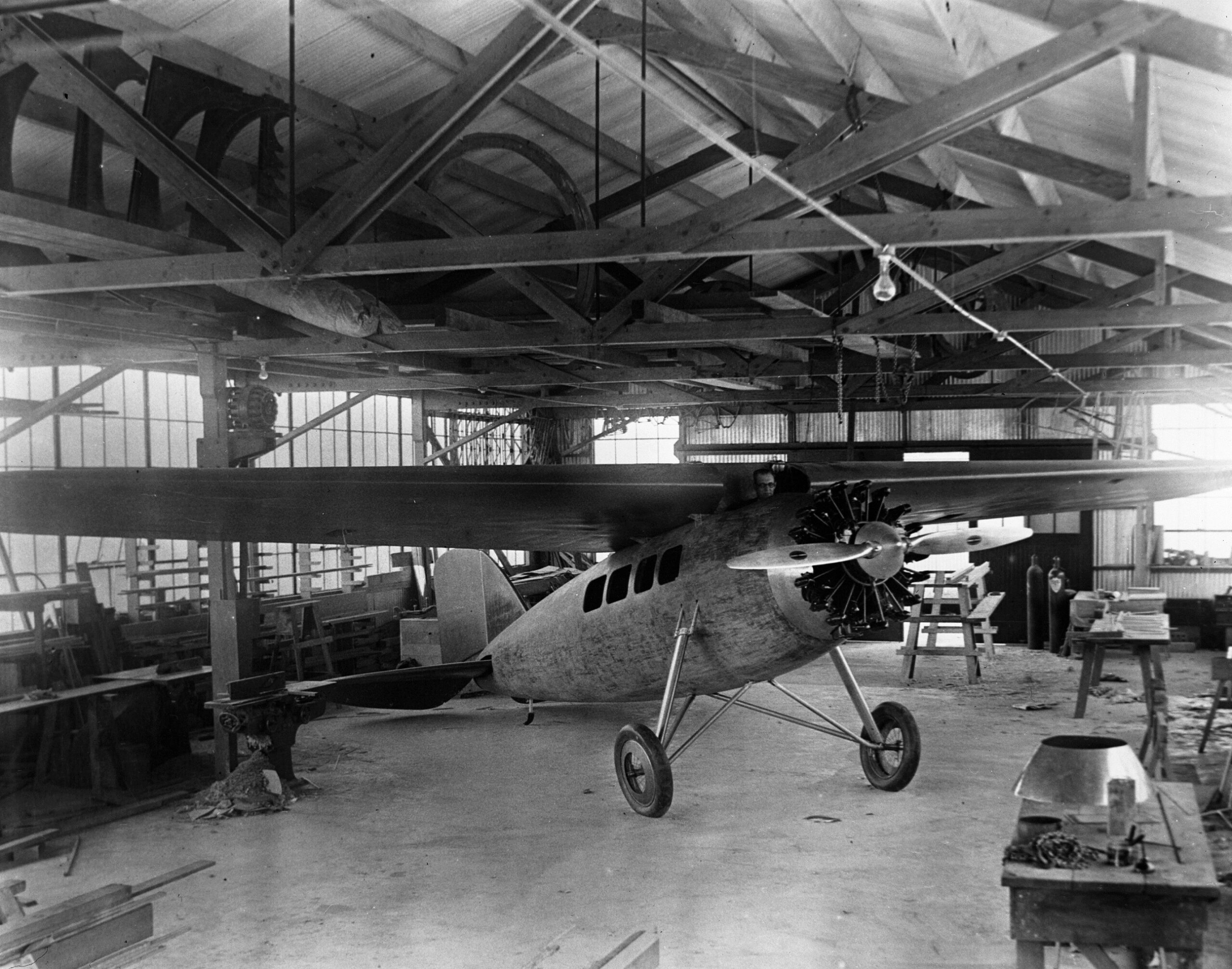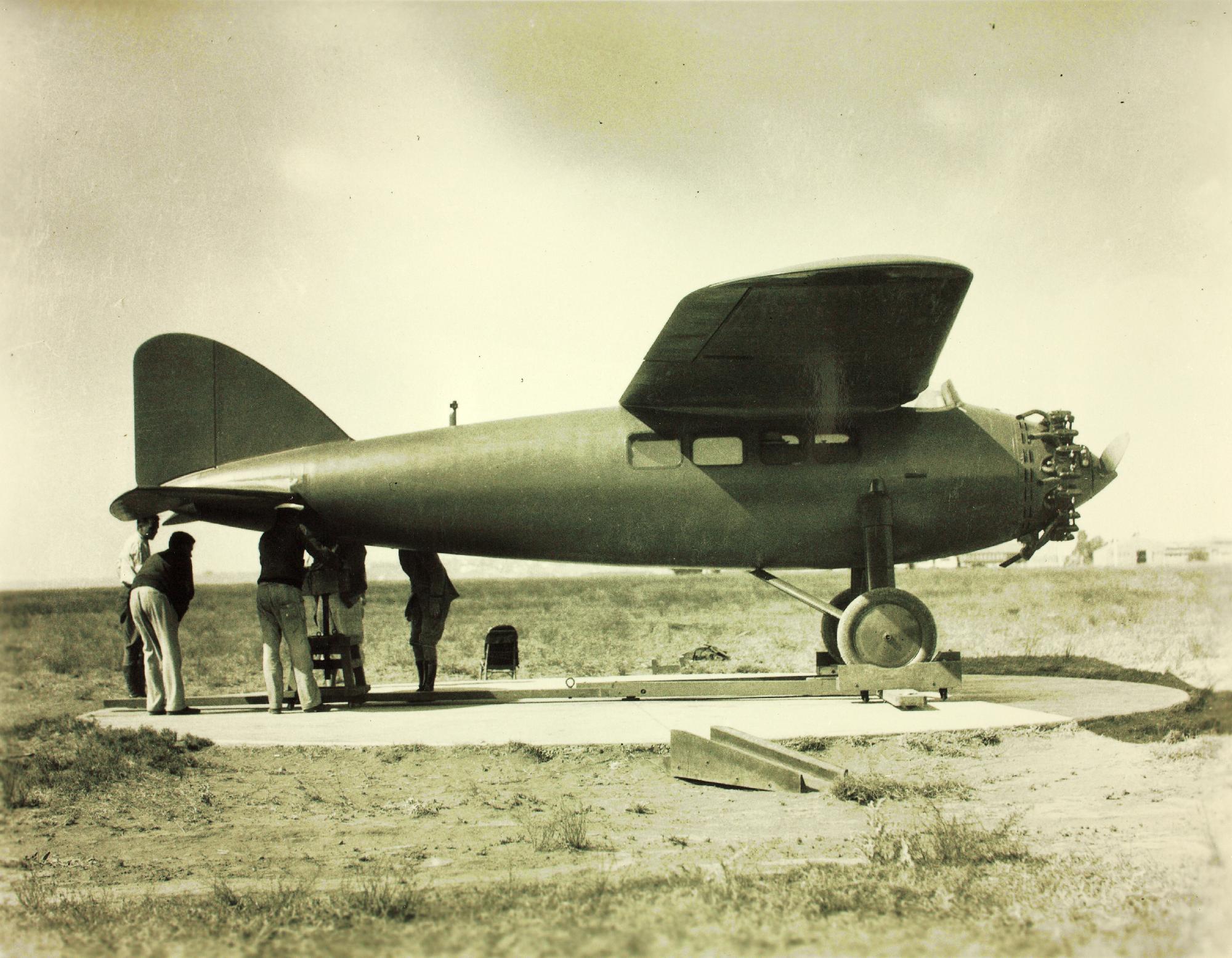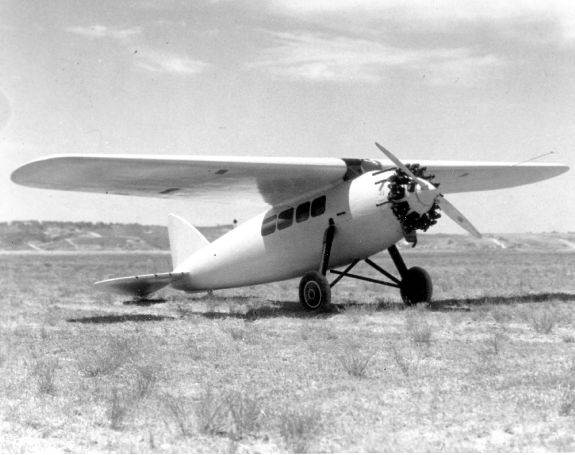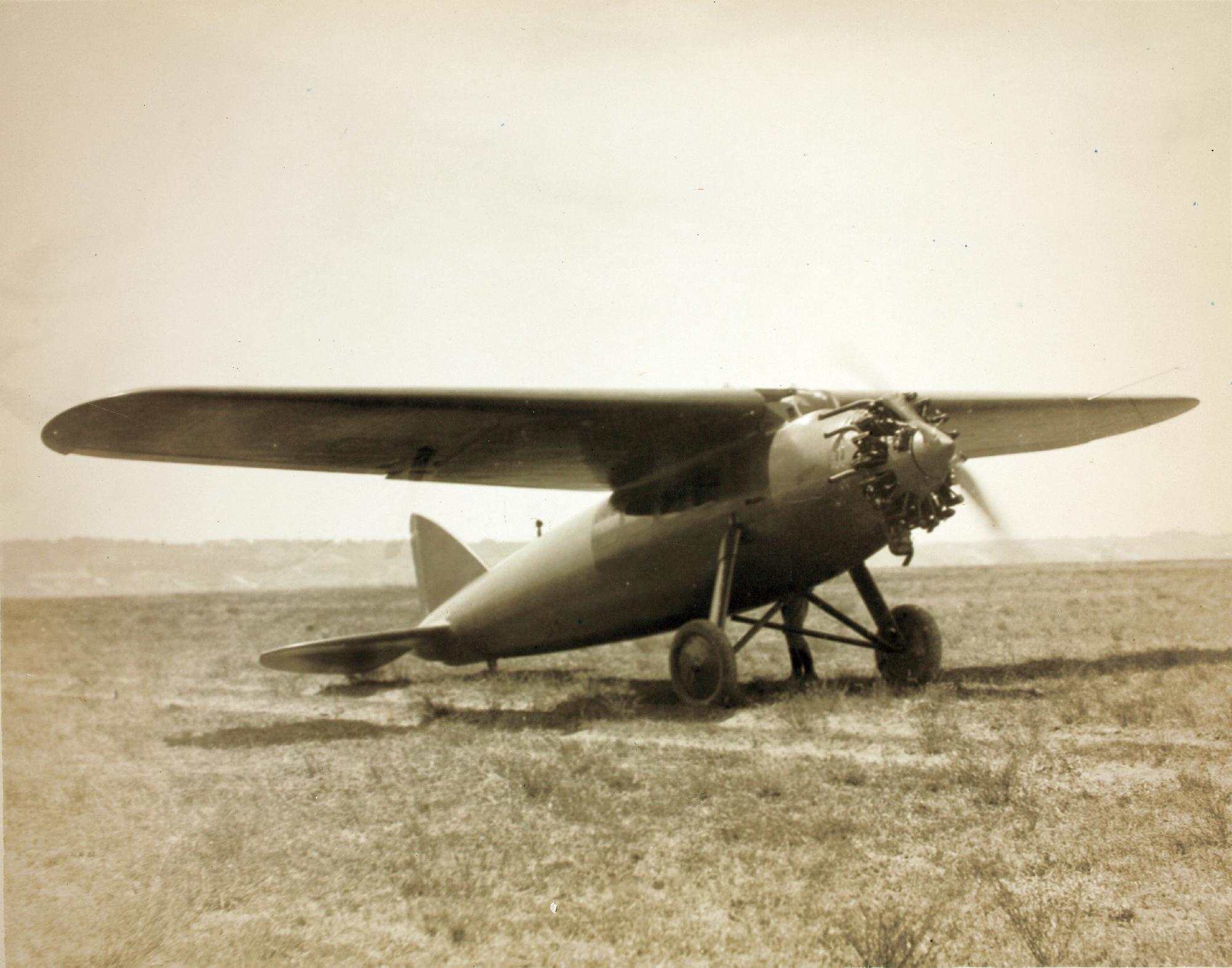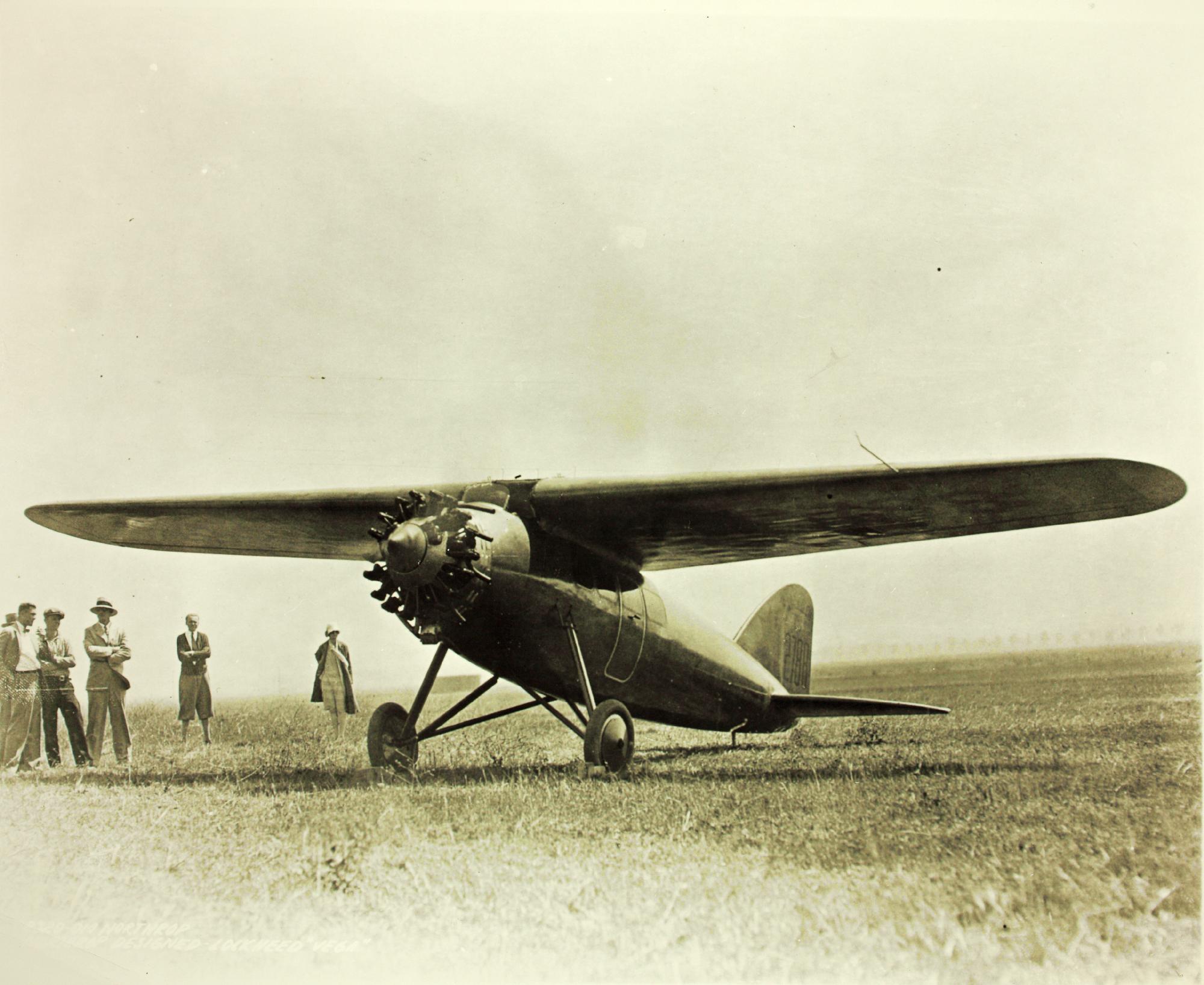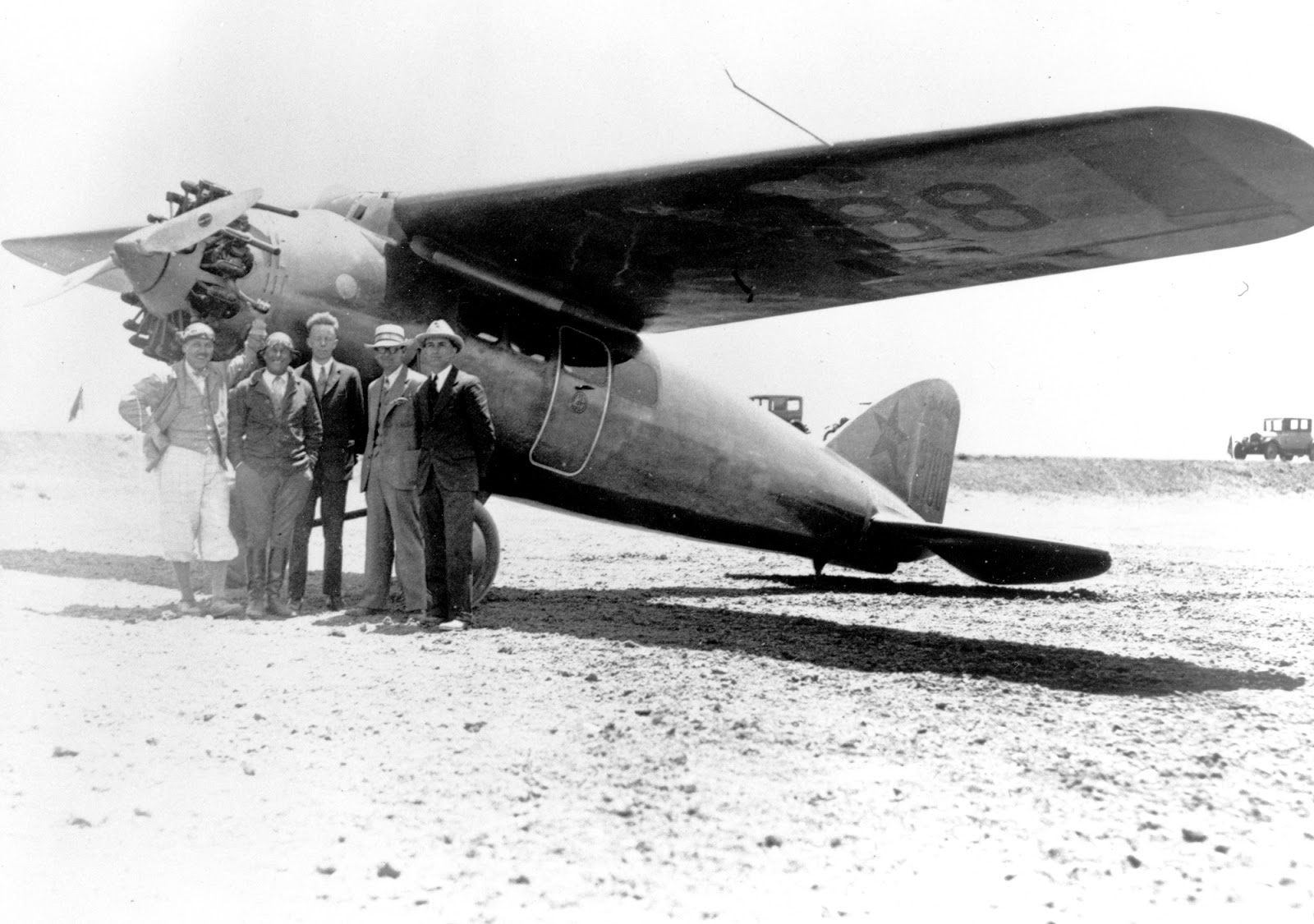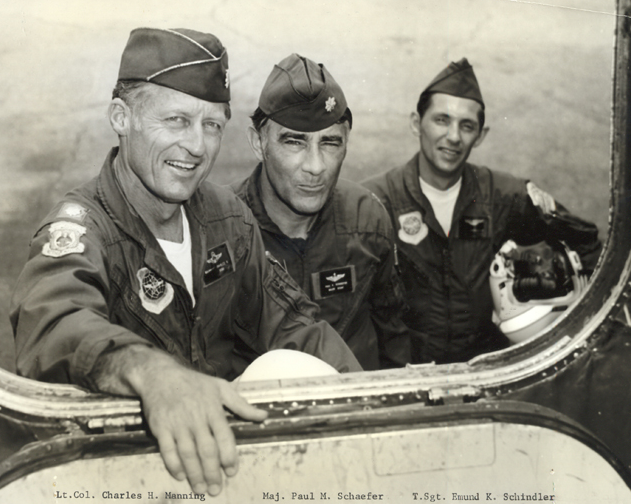
 4 July 1973: One of the last Grumman Albatross flying boats in service with the United States Air Force, HU-16B 51-5282, set a Fédération Aéronautique Internationale (FAI) altitude record for amphibians (Class C-3) when, at 12:33 p.m. EDT, it reached 10,022 meters (32,881 feet).¹ This exceeded the previous record set 37 years earlier by 2,417 meters (7,930 feet).²
4 July 1973: One of the last Grumman Albatross flying boats in service with the United States Air Force, HU-16B 51-5282, set a Fédération Aéronautique Internationale (FAI) altitude record for amphibians (Class C-3) when, at 12:33 p.m. EDT, it reached 10,022 meters (32,881 feet).¹ This exceeded the previous record set 37 years earlier by 2,417 meters (7,930 feet).²
Flown by Lieutenant Colonel Charles H. Manning, Major Paul M. Schaeffer and Technical Sergeant Emund K. Schindler, 51-5282 was assigned to the 301st Aerospace Rescue and Recovery Squadron at Homestead AFB, Florida. After the flight, Manning said, “It wasn’t very comfortable. The outside temperature was 25 below zero.” The Air Force Times reported that the cold caused the lens of Sergeant Schindler’s watch to pop out.
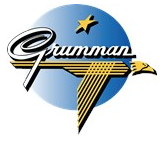 Originally built as an SA-16A, 51-5282 was modified to the SA-16B standard, increasing the wingspan to 96 feet, 8 inches (29.464 meters) and altering the leading edges. Larger tail surfaces were added. In 1962 the designation was changed from SA-16B to HU-16B.
Originally built as an SA-16A, 51-5282 was modified to the SA-16B standard, increasing the wingspan to 96 feet, 8 inches (29.464 meters) and altering the leading edges. Larger tail surfaces were added. In 1962 the designation was changed from SA-16B to HU-16B.
The Albatross was operated by a crew of 4 to 6 airmen, and could carry up to 10 passengers. The amphibian was 62 feet, 10 inches (19.152 meters) long and had an overall height of 25 feet, 11 inches (7.899 meters). The airplane’s total wing area was 1,035 square feet (96.15 square meters). The HU-16B had an empty weight of 23,025 pounds (10,444 kilograms), and maximum takeoff weight of 37,500 pounds (17,010 kilograms). For takeoff from water, the airplane’s weight was limited to 34,000 pound (15,422 kilograms), using rocket assist.
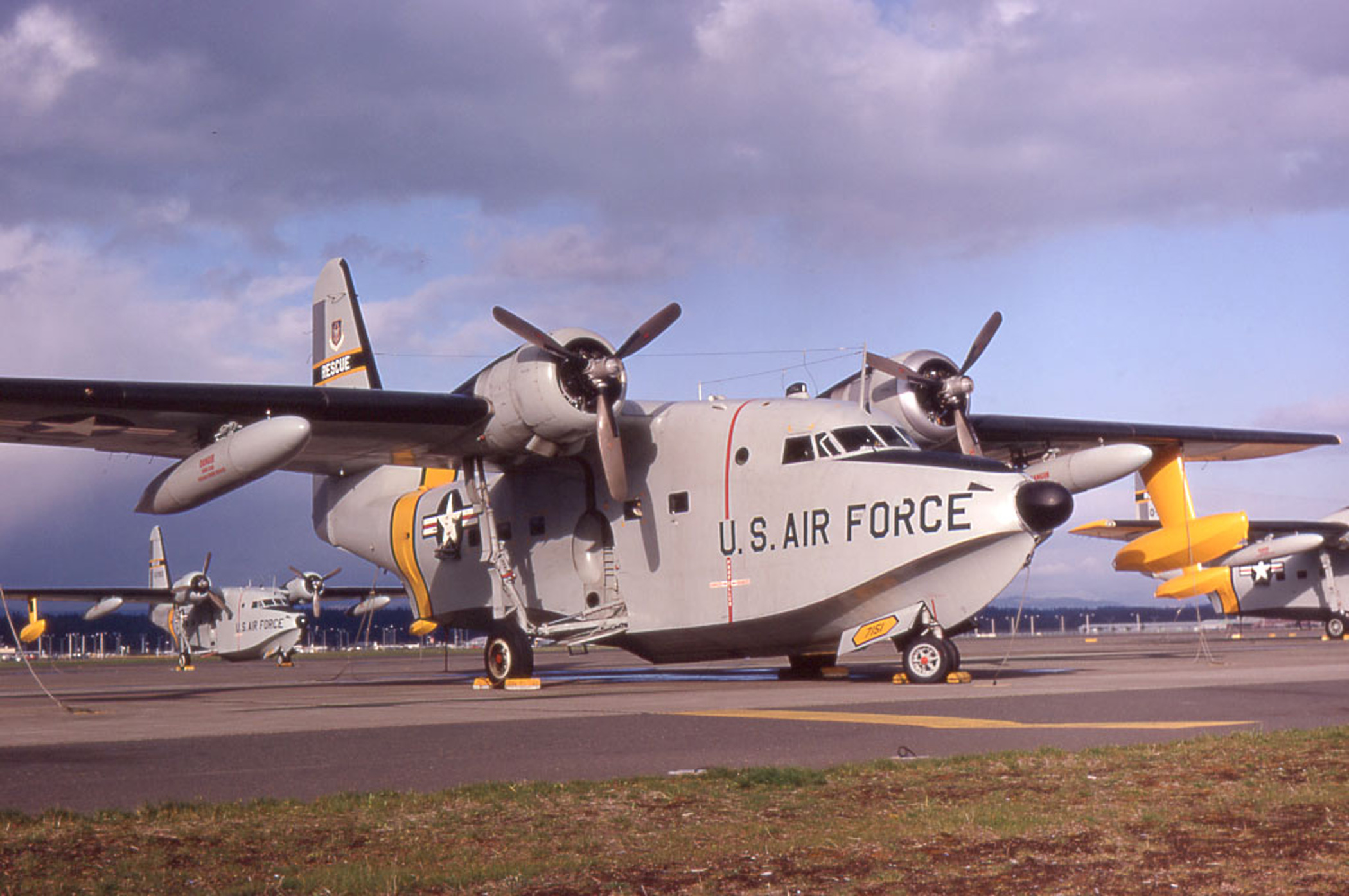
 The SA-16A was powered by two air-cooled, supercharged, 1,823.129-cubic-inch-displacement (29.876 liter) Wright Aeronautical Division Cyclone 9 826C9HD3 and -D5 (R-1820-76A and -76B) nine-cylinder radial engines with a compression ratio of 6.80:1. 115/145 octane aviation gasoline was required. These engines were rated at 1,275 horsepower at 2,500 r.p.m., and 1,425 horsepower at 2,700 r.p.m for takeoff. The engines drove three-bladed Hamilton Standard Hydromatic full-feathering, reversible-pitch propellers with a diameter of 11 feet, 0 inches (3.353 meters) through a 0.666:1 gear reduction. The R-1820-76A and -76B were 3 feet, 11.69 inches (1.211 meters) long and 4 feet, 6.95 inches (1.396 meters) in diameter, and weighed 1,380 pounds (626 kilograms).
The SA-16A was powered by two air-cooled, supercharged, 1,823.129-cubic-inch-displacement (29.876 liter) Wright Aeronautical Division Cyclone 9 826C9HD3 and -D5 (R-1820-76A and -76B) nine-cylinder radial engines with a compression ratio of 6.80:1. 115/145 octane aviation gasoline was required. These engines were rated at 1,275 horsepower at 2,500 r.p.m., and 1,425 horsepower at 2,700 r.p.m for takeoff. The engines drove three-bladed Hamilton Standard Hydromatic full-feathering, reversible-pitch propellers with a diameter of 11 feet, 0 inches (3.353 meters) through a 0.666:1 gear reduction. The R-1820-76A and -76B were 3 feet, 11.69 inches (1.211 meters) long and 4 feet, 6.95 inches (1.396 meters) in diameter, and weighed 1,380 pounds (626 kilograms).
The Albatross could be equipped with two or four Aerojet 14AS1000 RATO units, which produced 1,000 pounds of thrust (4.49 kilonewtons), each, for 15 seconds.
The flying boat had a cruise speed of 134 knots (154 miles per hour/248 kilometers per hour) and a maximum speed of 204 knots (235 miles per hour/379 kilometers per hour) at 3,700 feet (1,128 meters). The service ceiling was 23,800 feet (7,254 meters) and its maximum range was 2,410 nautical miles (2,773 statute miles/4,463 kilometers) with external fuel tanks.
Two weeks after the record-setting flight, 51-5282 was flown to the National Museum of the United States Air Force at Wright-Patterson Air Force Base, Ohio, making the very last USAF HU-16 flight.
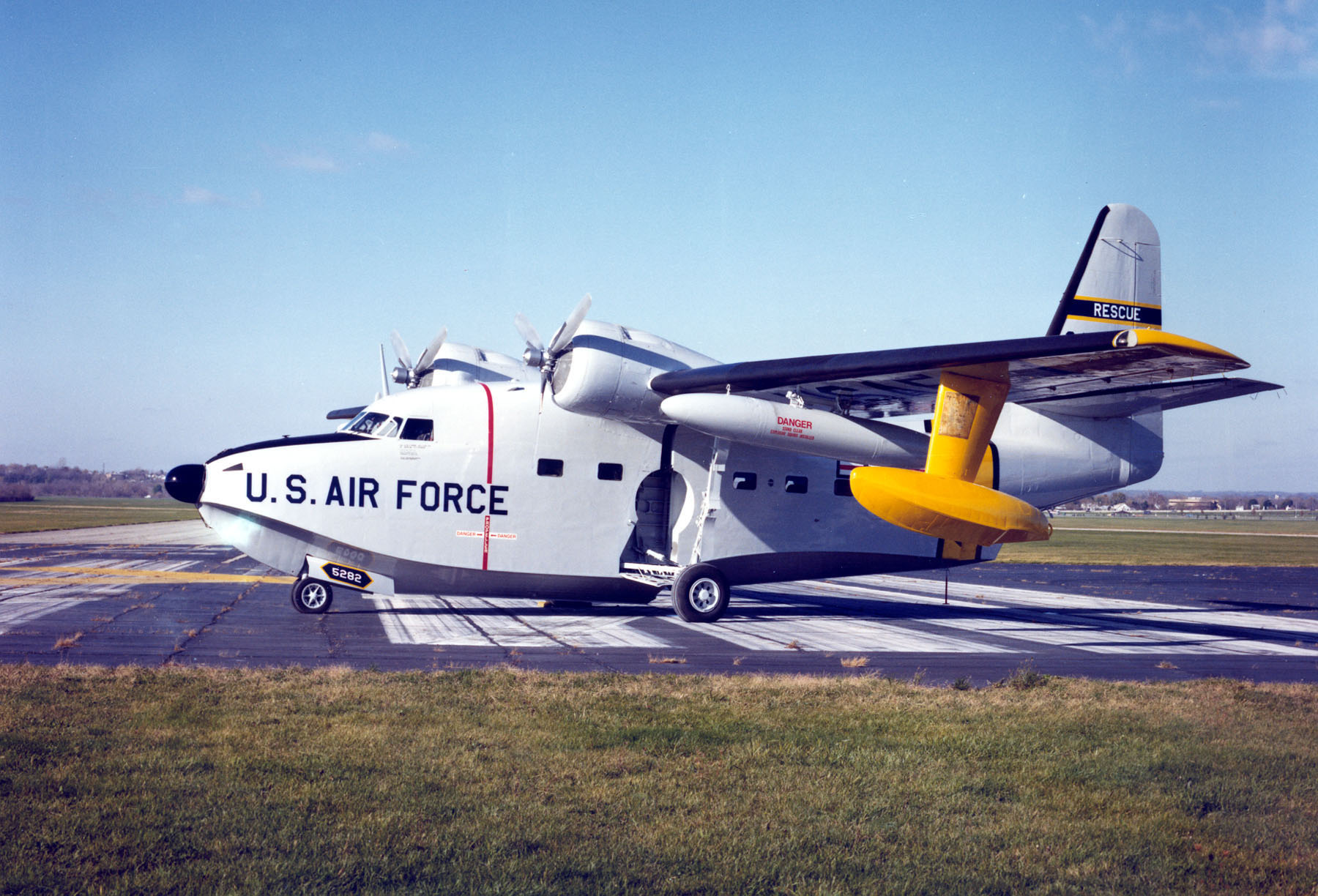
¹ FAI Record File Number 3208
² FAI Record File Number 11649, 11650: 7,605 meters (24,951 feet), 14 April 1936, by Boris Vasilievich Sergievsky, Chief Pilot, Sikorsky Aircraft Corporation, flying a Sikorsky S-43, with Igor Ivanovich Sikorsky and Michael Pravikov.
© 2019, Bryan R. Swopes
